The Real Cost of Ignoring Roof Repairs Before the Storms Hit
When shingles start lifting, flashing pulls loose, or leaks sneak into the attic, the clock starts ticking.
Storm season doesn’t wait for anyone to get around to their to-do list. Roofs don’t either. When shingles start lifting, flashing pulls loose, or leaks sneak into the attic, the clock starts ticking. Ignoring those early signs comes with a cost, not just a financial one. Every year, homeowners learn that roof damage during a storm is rarely isolated. Once it starts, it spreads fast, takes no prisoners, and leaves an expensive, invasive, and sometimes dangerous mess behind.
Ignoring roof repairs doesn’t buy comfort. It buys time on borrowed credit.
Minor Damage Turns Major Fast
A single missing shingle seems harmless when the sun’s out. A soft spot in the ceiling feels like something that can wait. During monsoon season, those small problems swell under pressure—literally—water seeps under the surface, saturating underlayment, swelling wood, and corroding nails. The wind catches lifted edges like a sail and rips entire sections away. Damage that once needed a patch becomes a full replacement.
That’s the real catch. Roofs don’t just wear down slowly—they fail suddenly. By the time the signs are obvious, the damage is already underway.
Emergency Repairs Always Cost More
Once the storm hits, repair costs go up. Labor shortages, demand spikes, and safety risks make post-storm work more expensive. Roofing crews already booked weeks in advance have limited availability, and emergency calls often require premium pricing to get on the schedule.
Materials may also be harder to come by after a major weather event. Delays in delivery or inflated pricing can drag out the repair timeline and increase the overall cost. What could’ve been handled as routine maintenance now becomes a logistical scramble—and the bill reflects it.
Water Damage Spreads Everywhere
Leaks don’t stay in the attic. They travel through insulation, into wall cavities, down support beams, and across ceilings. Hidden moisture becomes a playground for mold spores, which waste no time moving in and multiplying. Once mold takes hold, remediation costs rise fast—and in some cases, entire sections of drywall or flooring must be replaced.
The bigger problem is that water doesn’t always make itself obvious. It may take weeks or even months for staining or musty odors to show up. The structure may already be compromised by then, and the cleanup will involve more than roofing materials.
Structural Risks Go Up
When a roof fails under pressure, it doesn’t always give a polite warning. Collapses happen—especially when water damage eats away at the framing or if wind-driven uplift forces the roof deck to separate from the trusses. Once structural integrity is lost, the home becomes unsafe for residents and emergency repair crews.
Safety isn’t just a hypothetical concern. Injuries from falling branches, ceiling collapses, or compromised power lines become a real risk when roof damage spirals out of control. Unfortunately, many insurance policies only cover specific types of neglect-free damage. Claims may face denial or reduced payouts if it looks like maintenance was avoided.
Interior Repairs Add Up Fast
Roof damage doesn’t stay on the roof. Wet insulation, ruined drywall, damaged electrical components, and warped flooring come into play after a major leak or storm failure. Repairing those layers requires coordination across multiple trades—painters, electricians, flooring specialists—which means more labor, materials, and time.
Even when the leak seems small, the repair process can be disruptive. Furniture has to move, ceilings come down, and parts of the home may become temporarily unlivable. That kind of chaos rarely stays confined to a budget.
Peace Of Mind Has Value, Too
Preventative repairs protect the physical structure, sleep schedules, work routines, and stress levels. No one likes watching a storm roll in, hoping their roof holds together. Knowing the home has been inspected, reinforced, and sealed makes a difference during the height of monsoon season.
That comfort holds real value. It gives homeowners confidence that they’ve protected their investment and avoided the damage that can derail months of living.
Proactive Roofing Is Always The Better Deal
There’s no shortcut to storm prep, and waiting until the rain starts never works in anyone’s favor. Ignoring roof repairs may seem like a budget decision in the short term, but it almost always costs more in the long term. Storm damage multiplies every problem it touches, and roofs rarely get a second chance once the season begins.
A roof doesn’t just cover a house—it protects everything inside. Waiting too long to repair it puts the whole home at risk. And when the clouds finally clear, it’s always better to be the neighbor who planned, not the one making frantic calls in the aftermath.
Irish Roofing Company provides Scottsdale with roof inspection, installation, sealing and repair. We offer shingle services, tile roof services, flat roof services, roof cleaning, roof inspection, roof installation, leak repair, roof recovering, roof repair, roof sealing, skylight installation and replacement, and wood shake services for commercial and residential customers.

